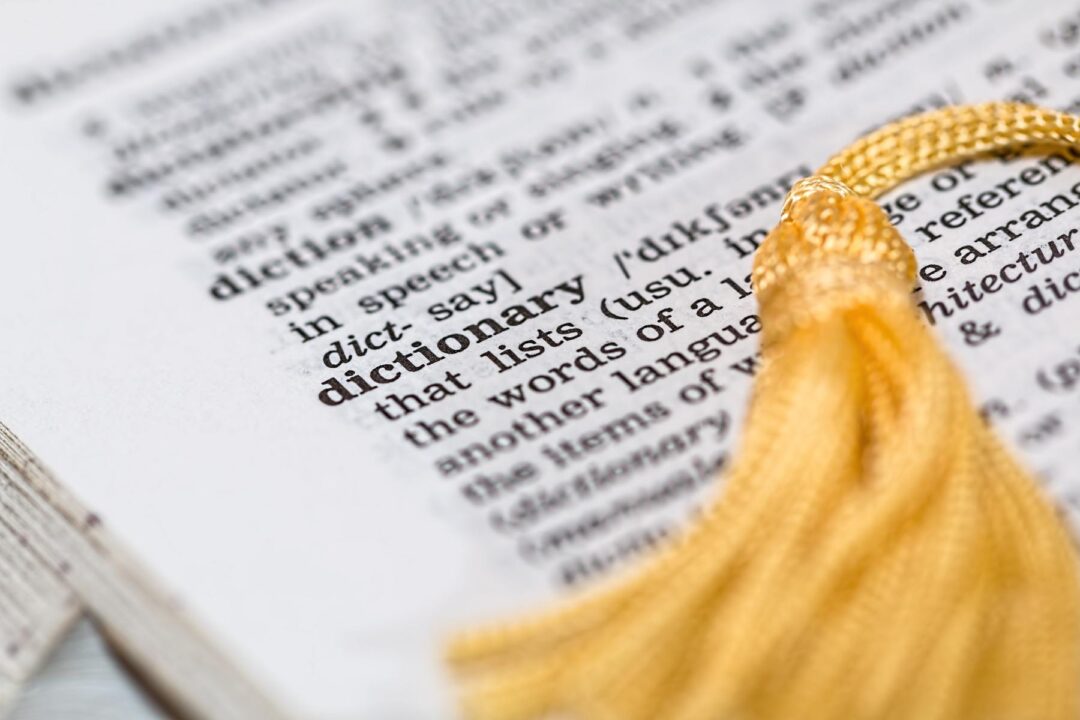Great teaching techniques: Stretch and challenge
Written By: Author(s): Tom Sherrington and Sara Stafford

1 min read
What’s the idea?
Teachers must ensure that all students, including the highest attainers, are challenged to achieve excellence. This demands certain attitudes, curriculum planning and in-class approaches.
What does it mean?
There are three main areas that need attention for you to get stretch and challenge right:
Mindsets and beliefs: Teachers need to believe it’s possible for students to succeed with high levels of challenge; if they don’t, they may restrict the curriculum or accept lower standards. This influences the pitch of lessons, the difficulty of questions and the selection of texts.
Routine practice: Every lesson, teachers should ask more probing questions, push students to develop ever better, deeper written and verbal answers, and demand more in terms of focus, precision and quality.
Occasional events: Additional activities – such as presentations, debates, extended projects and deep-end, problem-solving questions – can add challenge to the overall curriculum diet. I
Join us or sign in now to view the rest of this page
You're viewing this site as a guest, which only allows you to view a limited amount of content.
To view this page and get access to all our resources, join the Chartered College of Teaching (it's free for trainee teachers and half price for ECTs) or log in if you're already a member.
This article was published in May 2019 and reflects the terminology and understanding of research and evidence in use at the time. Some terms and conclusions may no longer align with current standards. We encourage readers to approach the content with an understanding of this context.
5
1
vote
Please Rate this content
Subscribe
Please login to comment
0 Comments
Oldest
Newest
Most Voted
Inline Feedbacks
View all comments










